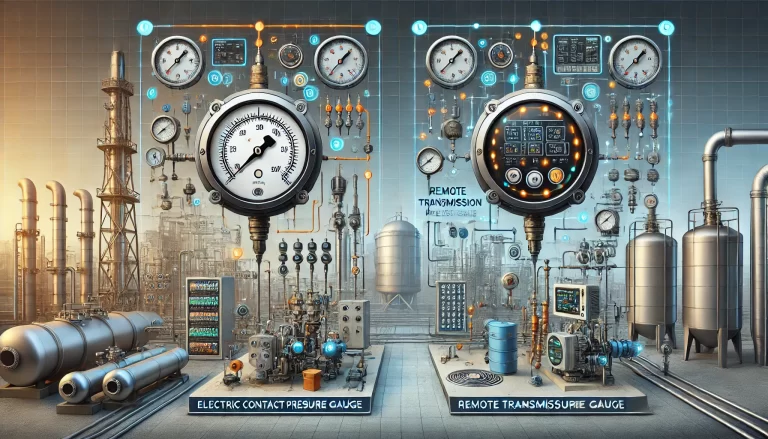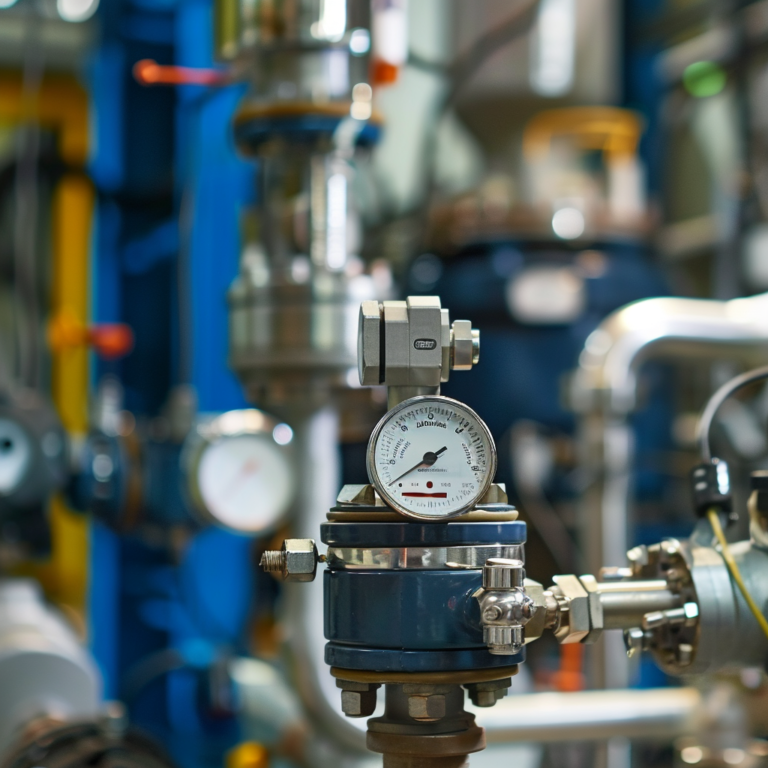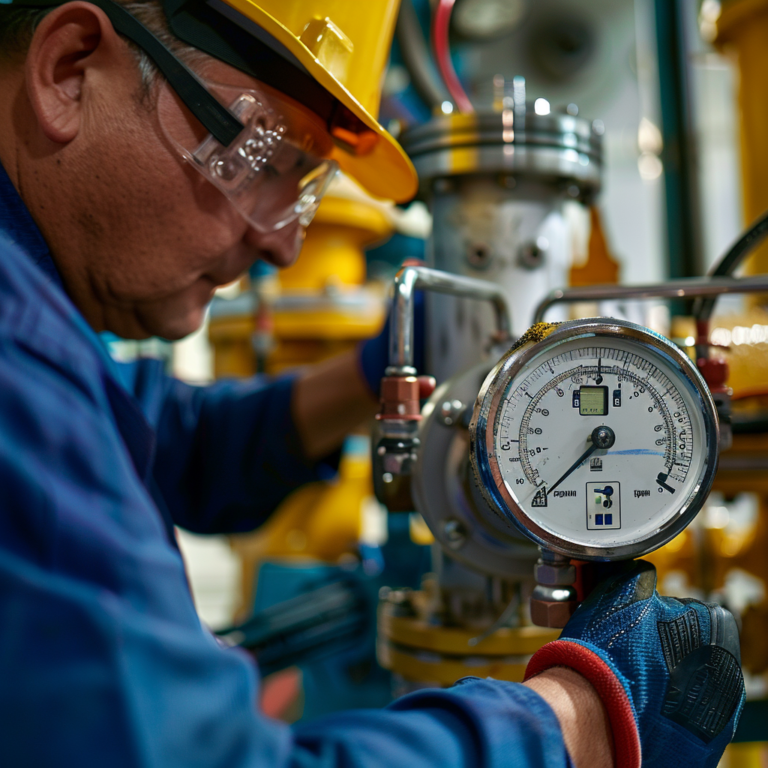1. Grounding of the Pressure Transmitter
Grounding of a pressure transmitter refers to the connection of its metal housing to the earth via a conductor. This ensures that the transmitter’s metal housing and components are at the same electrical potential as the earth. The primary purpose of grounding is to safely redirect leakage currents caused by equipment failure into the ground, preventing electrical damage to other connected devices and protecting personnel from electric shock. Additionally, grounding serves two important secondary functions:
- Static Discharge: It provides a path for static electricity to safely discharge into the earth, preventing static build-up that can interfere with equipment operation.
- Filtering Power Supply Interference: Proper grounding helps to filter out electrical noise and interference from the power supply, ensuring that the pressure transmitter operates with minimal disturbance.
2. Grounding of Shielded Wiring
To protect the pressure transmitter from external electromagnetic interference (EMI), which could distort measurements, shielded wiring is used. The shield is typically grounded to prevent EMI from coupling into the transmitter’s electrical circuits. This shielding reduces the risk of “cross-talk” between wires and significantly improves the overall accuracy and reliability of the measurements by minimizing unwanted noise.
The use of shielded wiring and proper grounding is crucial in environments with high electrical noise, ensuring that the pressure transmitter is insulated from the surrounding electromagnetic disturbances.

3. The Role of Grounding in Preventing Operational Failures
In practical applications, grounding plays a critical role in maintaining the stability and reliability of pressure transmitters. When the measured pressure is stable, any irregular or erratic fluctuations in the output signal could indicate a grounding issue. In such cases, it is important to check:
- Whether the pressure transmitter’s metal housing is properly grounded.
- Whether shielded cables are being used, and if so, whether they are effectively grounded.
Improper or inadequate grounding can lead to various operational issues, including inaccurate readings, signal instability, and even complete device failure. By ensuring that both the pressure transmitter’s housing and shielded cables are properly grounded, such issues can be minimized or prevented.

4. Practical Considerations for Effective Grounding
- Regular Grounding Checks: Perform periodic checks to ensure that the grounding connections are secure and have not deteriorated over time.
- Testing Ground Integrity: Use a ground resistance tester to confirm that the grounding system is working as intended. A high resistance reading may indicate a poor connection or faulty ground.
- Cable and Shield Integrity: Inspect the shielded cables for any damage or wear that could impair their shielding effectiveness. Ensure that the shields are intact and properly grounded at both ends.
In addition, grounding practices should adhere to the relevant local and international standards, such as IEC or NEC regulations, to ensure maximum safety and performance.

Conclusion
Grounding of both the pressure transmitter housing and shielded cables is essential for the proper functioning of the device and the prevention of electrical failures. By ensuring effective grounding, users can enhance the stability and reliability of their pressure transmitters, minimize the risk of equipment failure, and protect personnel from potential electrical hazards. Regular checks and maintenance of grounding systems are vital to ensure the continued proper operation of the pressure measurement system.
